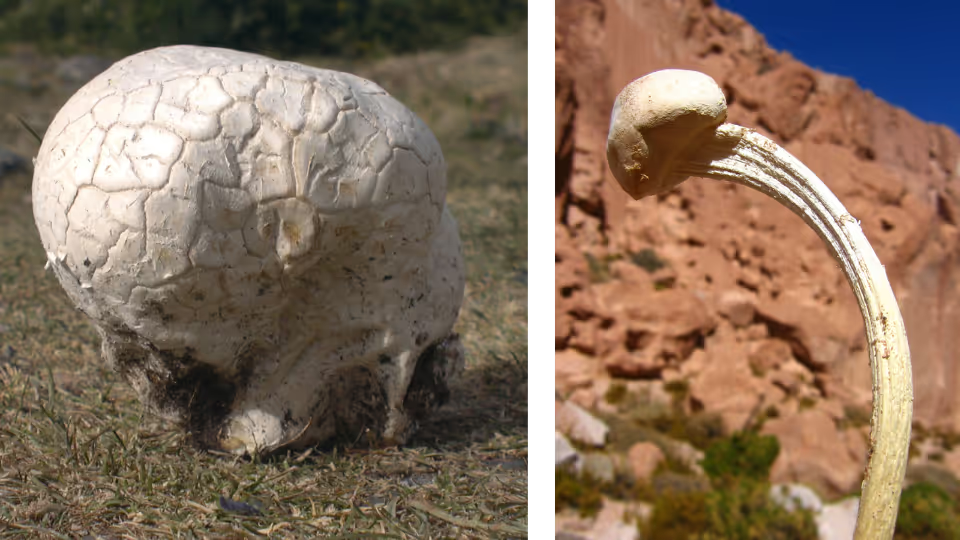The FFCL Fungarium has samples from all over the world and houses close to 2.000 species collected from Chile. It's a great treasure, find out why.

FFungi Staff
FFungi Volunteer

Communications Lead
It could be described as a collection of dried specimens of fungi. But for us, the Fungi Foundation fungarium is a treasure. Our fungarium has samples from different parts of the world and houses close to 2000 species collected from Chile.
Currently, the oldest samples date from the 60s-70s. The FFCL Fungarium contains the holotype of unique species such as Amanita galactica (Furci & Dentinger 2020).
The Foundation’s collection was indexed in 2014 in the Index Herbariorum, coordinated by the New York Botanical Garden. Our collection is the first exclusive collection of fungi in Chile, as other collections also house plants.
And what's the use of a fungarium? It allows us to have an organized and classified collection, making it possible for scientists and scholars to access samples and complex information when they are studying or researching fungi.
It also serves as a record for the future. Plus, the FFCL Fungarium has been an important resource for several research initiatives.
Unique Xtreme Collection
Battarrea stevenii is a desert species that lives with a few millimeters of rain per year.
Calvatia utriformis grows in the southern extreme of Chile, with winds up to 100 km/h.
Chlamydopus meyenianus lives in temperatures above 40ºC, with direct sunlight, and has a stipe that descends several centimeters into the ground in search of water!

These are some of the species from the Unique Xtreme Collection, an exhibition carried out by Museo del Hongo and curated by the Fungi Foundation during 2019, based on the collection of the FFCL Fungarium which is curated by Giuliana Furci and Dr. Francisco Kuhar.
For the artistic piece, eight species were displayed in order to unveil part of Chile’s fungal diversity. The species represented some of the most extreme climates of our planet, from the dry Atacama Desert to the freezing and windy Magallan Straight. True proof that fungi are everywhere!
